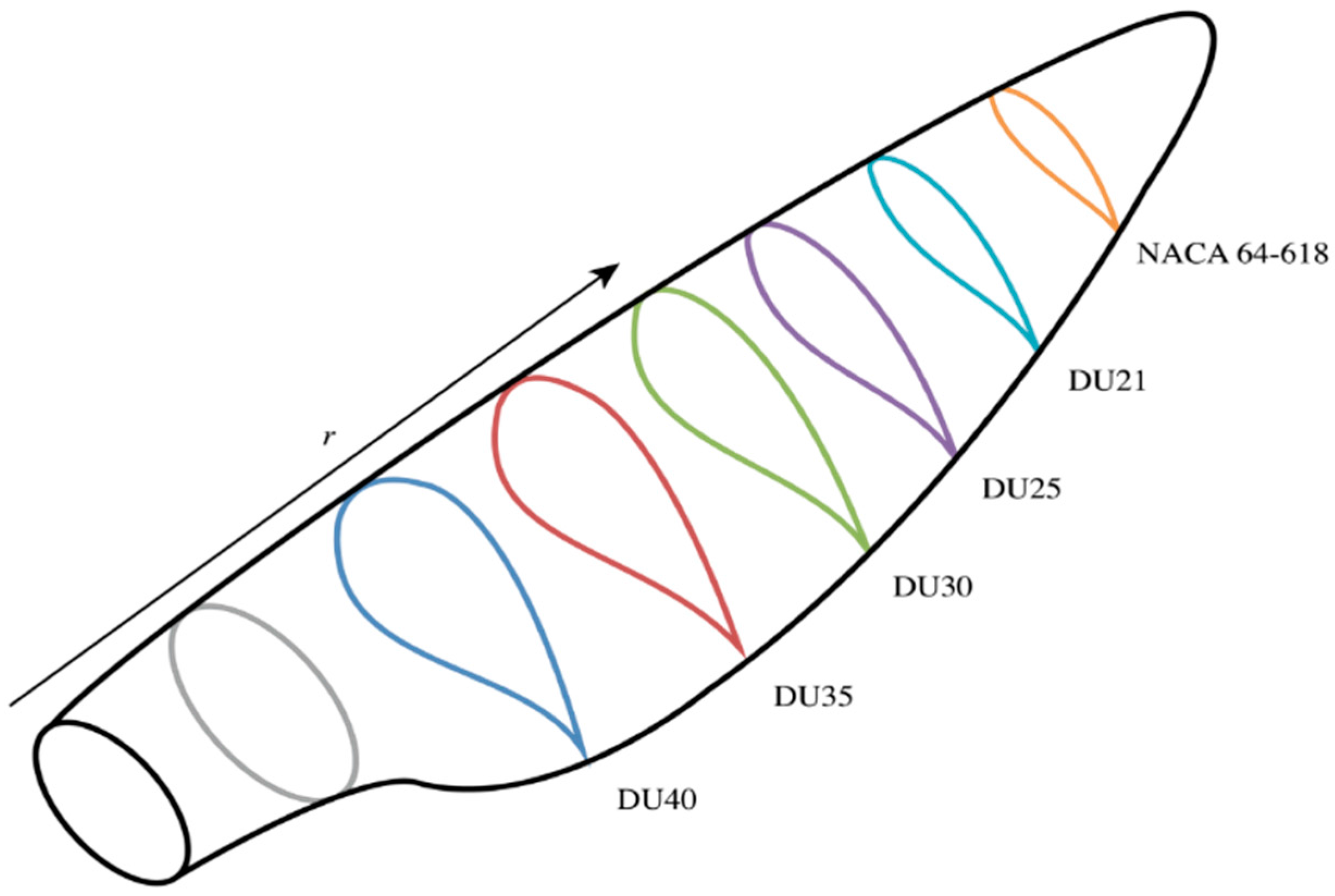

Therefore, this paper studied the impacts of three turbulence models on the blade aerodynamic performance especially the lift coefficient, drag coefficient, the stall point and ratio of lift coefficient to drag coefficient while the angle of attack is changing. This simulation method for airfoil aerodynamic performance has a large error result. Traditional numerical simulation process did not consider the impacts of the changed angle of attack on the simulation results, no matter how much the angle of attack is, only one single kind of turbulence model was applied to simulate the aerodynamic performance of wind turbine blade airfoil. The results showed that when the flow attached, the turning point must be accurately simulated, and the most widely used k-ε turbulence model did not apply to wind turbine flow field numerical calculation in the CFD calculation.Īccording to the past literature, the turbulence model has a definitely great influence on the numerical simulation results of wind turbine blade airfoil. calculated the dimensional steady-state flow of wind turbine blade airfoil S809. Sunderland researched the power prediction of small wind turbine in turbulent environments. Lubitz investigated the effect of ambient turbulent levels on wind turbine energy production, the ambient turbulent intensity will have different impacts at different speed. For the design of a new airfoil, the aerodynamic characteristics can be gotten without any experiences.


Madsen considered stall delay phenomenon and dynamic stall caused by the effect of three-dimensional rotation by using CFD method, and obtained the airfoil and flow field characteristics directly. In order to investigate the wind turbine blade airfoil aerodynamic performance, the numerical simulation method has become dominant. As the numerical simulation method has a strong adaptability of time-saving, low cost, easy to reveal the details of the flow field, compared with wind tunnel experiment. CFD method can be used to solve the viscous compressible N-S equations rapidly.
#Wind turbine airfoil software
Because the wind tunnel experiment is time-consuming and not easy to realize, the CFD method has been developed and greatly shortened the aerodynamic blade design process, with the computer hardware and software rapidly developing. The airfoil aerodynamic performance can be investigated through the wind tunnel experiment and the numerical simulation. The aerodynamic characteristic of the blade airfoil is one of important basic of the performance analysis and aerodynamic optimal design of wind turbine. Keywords: turbulence models, wind turbine, blade airfoil, aerodynamic performance, numerical simulation. Therefore, the combined turbulence model can overcome the shortcomings when using only a traditional single turbulence model to simulate the aerodynamic performance of wind turbine blade airfoil, which will have a development and application value in the future. The simulation results demonstrate that, for the selected blade airfoil, using S-A turbulence model before the best attack angle and k-εRNG turbulence model after the best attack angle respectively, can make the simulation of blade airfoil aerodynamic performance much more accurate than the aerodynamic performance simulation using one single turbulence model, with the acceptable iterative time and the acceptable ratio of lift coefficient to drag coefficient. A combined turbulence model, using different turbulence model for different angle of attack, was put forward.

The simulation of lift coefficient of wind turbine blade airfoil was verified with the flow field simulation of blade airfoil. By comparing the aerodynamic simulation results with the theoretical values of the lift coefficients, drag coefficients and the ratio of lift coefficient to drag coefficient for the forecast of best angle of attack, the effects of these three turbulence models on the blade airfoil aerodynamic performance were estimated in detail. A kind of wind turbine blade airfoil was applied as the research object, in order to analyze the impacts of three different turbulence models which are S-A, k-εRNG, k-ωSST on the aerodynamic performance of wind turbine airfoil under different attack angles. The different turbulence models have significant impacts on the aerodynamic performance of wind turbine blade airfoil.


 0 kommentar(er)
0 kommentar(er)
